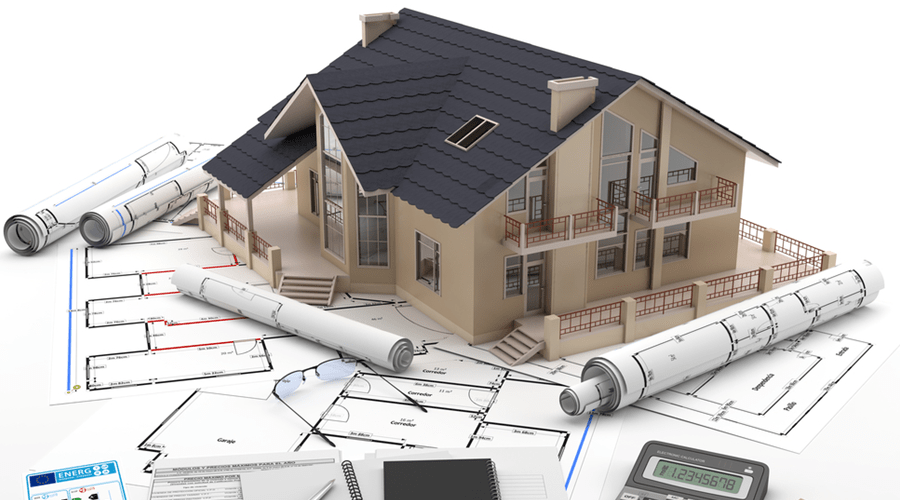Real estate development is more than just constructing buildings. It’s about crafting environments where communities thrive, businesses flourish, and memories are made.
As cities grow and evolve, the role of real estate developers becomes increasingly vital in shaping urban landscapes. They can transform vacant lots into vibrant neighborhoods or repurpose outdated structures into modern hubs of activity.
Today’s decisions in real estate development will ripple through our cities for generations to come. These choices impact everything from affordability to public spaces inviting social interaction.
Understanding how these developments influence urban life can help us appreciate their significance beyond bricks and mortar—revealing a deeper connection between our living spaces and the world around us.
The Impact of Real Estate Development on Urban Landscapes
Real estate development profoundly transforms urban landscapes. New buildings reshape skylines and alter city dynamics, bringing both opportunities and challenges.
When a developer invests in a neighborhood, it can spark economic growth. Jobs are created, businesses flourish, and communities thrive. However, this influx often leads to gentrification, pushing out long-time residents who can no longer afford rising rents.

The aesthetic appeal of modern architecture also plays a role. Innovative designs can enhance the visual character of cities while preserving historical elements, which is equally essential for cultural identity.
Green spaces integrated into developments promote sustainability. Parks and community gardens contribute positively to public health by providing recreational areas that foster social interaction.
As real estate projects continue to emerge, their impact on infrastructure becomes evident, too. Roads must adapt, transit systems may need expansion, and essential services require reevaluation to meet evolving needs.
Balancing Economic Growth and Community Needs in Real Estate Development
Real estate development plays a pivotal role in shaping communities. However, balancing economic growth with community needs is essential for sustainable progress.
On one hand, developers are driven by profit motives and the potential for lucrative returns. This can lead to rapid construction projects prioritizing financial gains over local input.
Conversely, communities often seek spaces that reflect their values and culture. They desire parks, schools, and affordable housing, which nurture neighborhood identity.
Engaging stakeholders early in the planning process fosters collaboration. Workshops or town hall meetings can give residents a voice in decisions impacting their lives.
Incorporating eco-friendly designs also benefits both parties. Green spaces enhance property value while promoting well-being among residents.
Finding common ground between these interests cultivates vibrant urban environments where everyone thrives without sacrificing quality of life or economic viability.
Future Trends in Real Estate Development and Urban Design
The future of real estate development is poised for transformation. Rapid advancements in technology are reshaping urban design. Smart buildings equipped with energy-efficient systems will become the norm, enhancing sustainability.
Mixed-use developments are gaining traction as communities seek convenience and connectivity. These spaces blend residential, commercial, and recreational areas, creating vibrant neighborhoods.
Green spaces are also becoming essential in city planning. Developers increasingly prioritize parks and community gardens to promote well-being amidst urban density.
Moreover, adaptive reuse projects breathe new life into historic structures. This trend preserves cultural heritage while meeting modern needs.
As remote work persists, there’s a growing emphasis on designing flexible living spaces that accommodate diverse lifestyles. The balance between personal space and communal areas will redefine how cities function.
Innovative financing models may emerge, too, enabling more inclusive access to housing for all income levels.
Global Real Estate Market Size Forecast 2023-2033 by resolution
The global real estate market is poised for significant growth between 2023 and 2033, with forecasts indicating a dynamic landscape shaped by varying categories: residential, commercial,

industrial, land, and others.
The residential sector is expected to thrive as urbanization accelerates and housing demands soar in burgeoning cities worldwide.
Meanwhile, the commercial segment will adapt to evolving work patterns influenced by hybrid models and technological advancements redefining office spaces.
Industrial real estate will continue upward due to rising e-commerce activities fueling warehouse needs and logistical hubs.
Land transactions are anticipated to surge as investors eye potential development opportunities in rapidly expanding regions.
Additionally, the ‘others’ category—including mixed-use developments—will capture attention as developers innovate solutions aligned with sustainable practices while catering to diverse consumer lifestyles.
This projected expansion across sectors illustrates an intricate tapestry of investment opportunities reflective of broader economic trends over the next decade.
Conclusion: The Importance of Responsible and Sustainable Development for Urban Landscapes
Responsible and sustainable development is crucial for shaping vibrant, functional, and inclusive urban landscapes. As cities continue to grow, real estate development choices can have lasting impacts on communities.
Prioritizing sustainability ensures that developments do not just meet immediate needs but also consider future generations. This involves integrating green spaces, promoting energy-efficient designs, and using materials that minimize environmental impact.
Balancing economic growth with community requirements is essential. Developers must engage with residents to understand their needs and aspirations. This collaborative approach fosters a sense of ownership among community members while ensuring projects enhance neighborhood livability.
The importance of thoughtful real estate development cannot be overstated. It shapes how we live, work, and interact within our urban environments. By taking a responsible approach now, we lay the groundwork for thriving cities tomorrow—places where people feel connected to their surroundings and each other.

